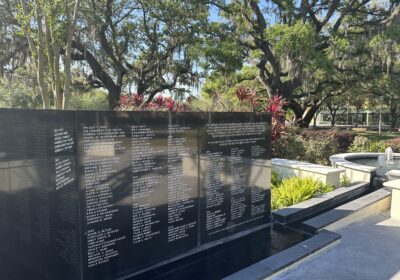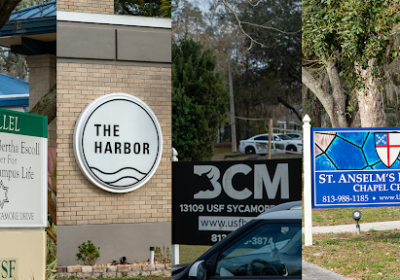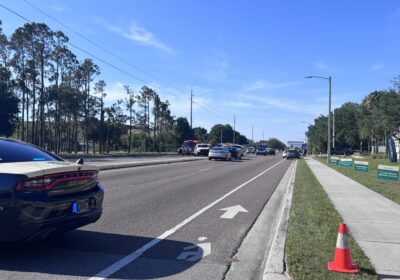Student loan debt may be next bubble to burst
Several years ago, the real estate bubble burst, creating financial chaos on Wall Street and Main Street and starting a chain reaction that led to the current financial crisis.
Now, there is a new bubble that may be ready to burst – the bubble of student loan debt.
According to the Chicago Sun Times, outstanding student loan debt is set to exceed $1 trillion and is growing at a rate of $100 billion each year. Tuition rates have increased dramatically with national rates up by 8 percent this year alone. Over the past decade, tuition rates have risen more than 23 percent, according to USA Today.
College graduates are racking up tens of thousands of dollars in student loan debt while entering a weak job market. Even if graduates can find a job, their income may not be enough to pay off the substantial amount of debt they’ve accumulated while attending college.
The rise in tuition and student loan debt is due to federal government-guaranteed student loans. When private banks lent to students, they could be assured that if the student defaulted on their loan, the government, via taxpayers, would flip the bill.
This only gives an incentive for universities to raise their tuition rates every year because they know that no matter what happens, the government will provide student loans.
Under the new health care legislation set to begin in 2014, private banks will be completely out of the student loan business. Instead, students will borrow directly from the government. This will only facilitate a rapid rise in tuition rates that will pale in comparison to the past 10 years.
During the real estate boom years, home values skyrocketed because consumers with poor credit ratings were giving loans on properties they couldn’t afford. The government subsidized many of these loans while government sponsored enterprises Fannie Mae and Freddie Mac purchased these loans from banks, thus allowing banks to provide more loans while taking on more risk than they could handle. That didn’t end well.
The student loan bubble is no different. Students with little to no capital have access to cheap student loans that are made available to almost anyone who wants a college education. The hysteria for a college education intensifies demand, leading to artificially higher prices in tuition. Tuition costs will reach unsustainable levels to where we could see a collapse in the university system due to inflated prices and artificial demand created by subsidized student loans.
When the real estate bubble burst, it sent the U.S. economy in a violent tailspin. The student loan bubble will have a similar, if not worse, effect on the U.S. economy.
Frank Nuez is a senior majoring in accounting.






